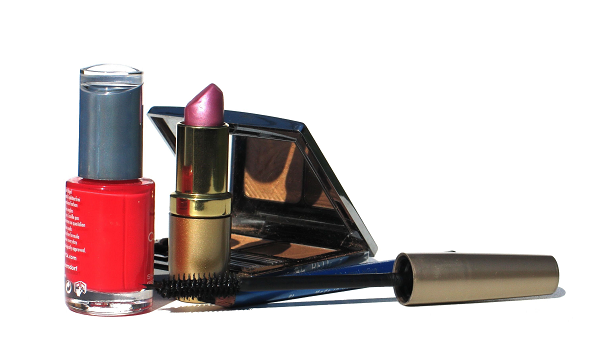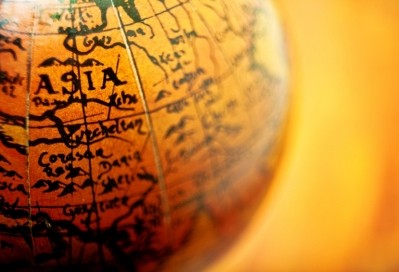Revlon pulls out of China as it tries to balance losses

In a recent filing with the U.S. Securities and Exchange Commission, Revlon reps revealed the restructuring to result in about $22 million of pretax charges, but will reduce costs by about $11 million a year in the long run.
About $10 million of that charge is for employee severance and other benefits, and $12 million consists of product discounts and inventory write-offs.
Efforts to balance loss in Asia
China represents 2% of Revlon's net sales and whilst most cosmetic brands are experiencing the emerging market as lucrative, revenue in Asia dropped from 3.5% to $166.8 for the brand in 2012.
Capital Markets analyst Connie Maneaty reckons Revlon was just "unable to gain scale and relevance" in the Chinese markets.
After posting profit declines in the last two financial years, the beauty brand has been making acquisitions and introducing new products to balance slow sales.
Earlier last year it bought Colomer Group, giving it Creative Nail professional and Shellac nail polishes, as well as American Crew men’s hair-care products.
Slowdown in China market affecting the industry?
According to market researcher Reportlinker, despite being affected by a slow-down in the economy, the cosmetics sector has tripled in terms of growth in the last ten years.
Foreign brands are still reported to be the dominant players in the market, with the top three — L'Oreal Paris, Olay and Mary Kay- collectively accounting for 12.45% of retail sales.
Skin care is noted to be the largest cosmetics category, the market size reached $13 billion in 2012, up 9.9% year-on-year. And within that segment, anti-ageing products are said to be the most popular with sales standing at above 60%.
The impact of rising incomes and increased skin care concerns has also seen a shift in focus from providing simple facial care to products that deliver on specialized facial care treatments.





![Latest developments from the South Korean beauty market. [Getty Images]](/var/wrbm_gb_food_pharma/storage/images/_aliases/wrbm_tiny/publications/cosmetics/cosmeticsdesign-asia.com/headlines/brand-innovation/korea-focus-able-c-c-kolmar-and-more-in-this-k-beauty-round-up/17357973-1-eng-GB/Korea-focus-Able-C-C-Kolmar-and-more-in-this-K-beauty-round-up.jpg)

![Able C&C has furthered its partnership with Japanese discount chain Daiso with new makeup launch. [A'pieu]](/var/wrbm_gb_food_pharma/storage/images/_aliases/wrbm_tiny/publications/cosmetics/cosmeticsdesign-asia.com/headlines/brand-innovation/a-pieu-and-daiso-launch-exclusive-2-makeup-line/17339117-1-eng-GB/A-pieu-and-Daiso-launch-exclusive-2-makeup-line.jpg)
![Down Under Enterprises is setting sights on the Asian market as environmental sustainability and traceability become increasingly important. [Getty Images]](/var/wrbm_gb_food_pharma/storage/images/_aliases/wrbm_tiny/publications/cosmetics/cosmeticsdesign-asia.com/headlines/market-trends/down-under-enterprises-shifts-focus-to-china-as-environmental-sustainability-traceability-come-into-the-spotlight/17304932-1-eng-GB/Down-Under-Enterprises-shifts-focus-to-China-as-environmental-sustainability-traceability-come-into-the-spotlight.jpg)
![News updates from Shiseido, Dr.Ci:Labo, Sephora, and more. [Shiseido]](/var/wrbm_gb_food_pharma/storage/images/_aliases/wrbm_tiny/publications/cosmetics/cosmeticsdesign-asia.com/headlines/brand-innovation/updates-from-shiseido-dr.ci-labo-sephora-and-more/17334944-1-eng-GB/Updates-from-Shiseido-Dr.Ci-Labo-Sephora-and-more.jpg)

![Clariant has underscored the importance of localisation strategies and distribution capabilities in China with beauty trends evolving at a rapid pace. [Getty Images]](/var/wrbm_gb_food_pharma/storage/images/_aliases/wrbm_tiny/publications/cosmetics/cosmeticsdesign-asia.com/article/2024/04/16/clariant-emphasises-importance-of-localisation-in-the-era-of-viral-trends/17327969-1-eng-GB/Clariant-emphasises-importance-of-localisation-in-the-era-of-viral-trends.jpg)
